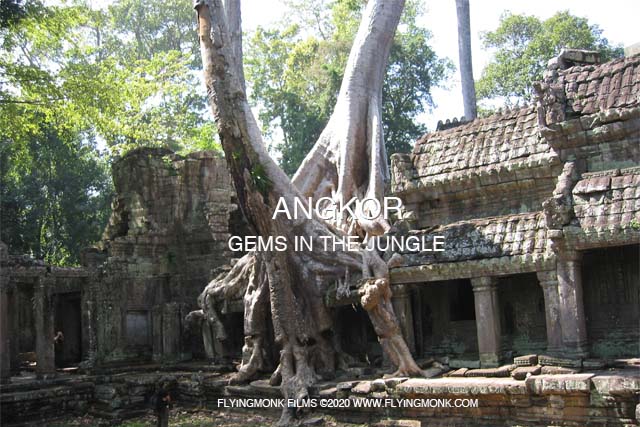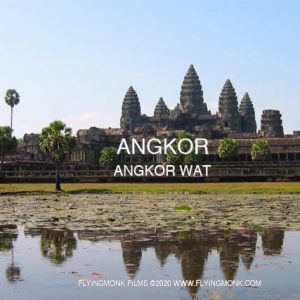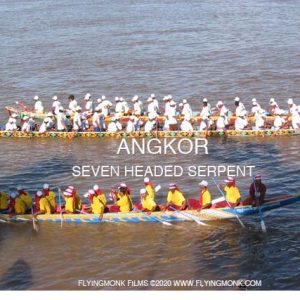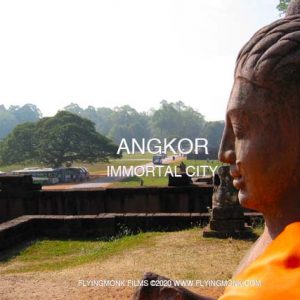Description
Angkor-Gems of the Jungle; 28 minutes; © 2020; The Cambodian jungle is peppered with temples, and old monasteries accessed by causeways guarded by snakes saddled by gods and demons, a plethora of deities at the crossroad between two religions, Hinduism and Buddhism, enticing the visitors to an adventurous exploration.
At the end of the 12th century, Jayavarman VIi dedicated the temple Preah Khan to his father Dharanindra, who is represented in the center sanctuary by Lokesvara, the savior god of Mahayana Buddhism. Preah Khan preserved its original name, the founding stele being inscribed entirely in Sanskrit with the names of the temples expressed as “Jayasri”. Both names mean the same thing, “sacred sword” that represented the name of the king in charge of its construction.
The temple is one of the largest temples in Angkor and was used as a college for Buddhist studies being populated by spiritual masters and disciples. Built-in a cruciform structure, the temple is oriented on East-West and a North-South axis, having its main entrance toward the west.
Close to its entrance is located this structure built in a Mediterranean style whose history is unknown. The stupa erected in place of the Lokesvara statue in the central sanctuary symbolizes Buddhism in all forms. More than a single temple, the monument was in its time a real city with a whole population divided according to their functions.
The access to the temple’s entrance is guarded by the same banister with demons and gods that was built at the entrance of the main city of Angkor Thom, showing in this way the temple-complex importance and its large dimensions, almost like a city in itself. These banisters represent the snake Vasuki pulled by demons and devas in the mythological legend of “Churning of the Sea of Milk”, part of the Vishnu lore in obtaining the elixir of immortality.
Follow us on Instagram





